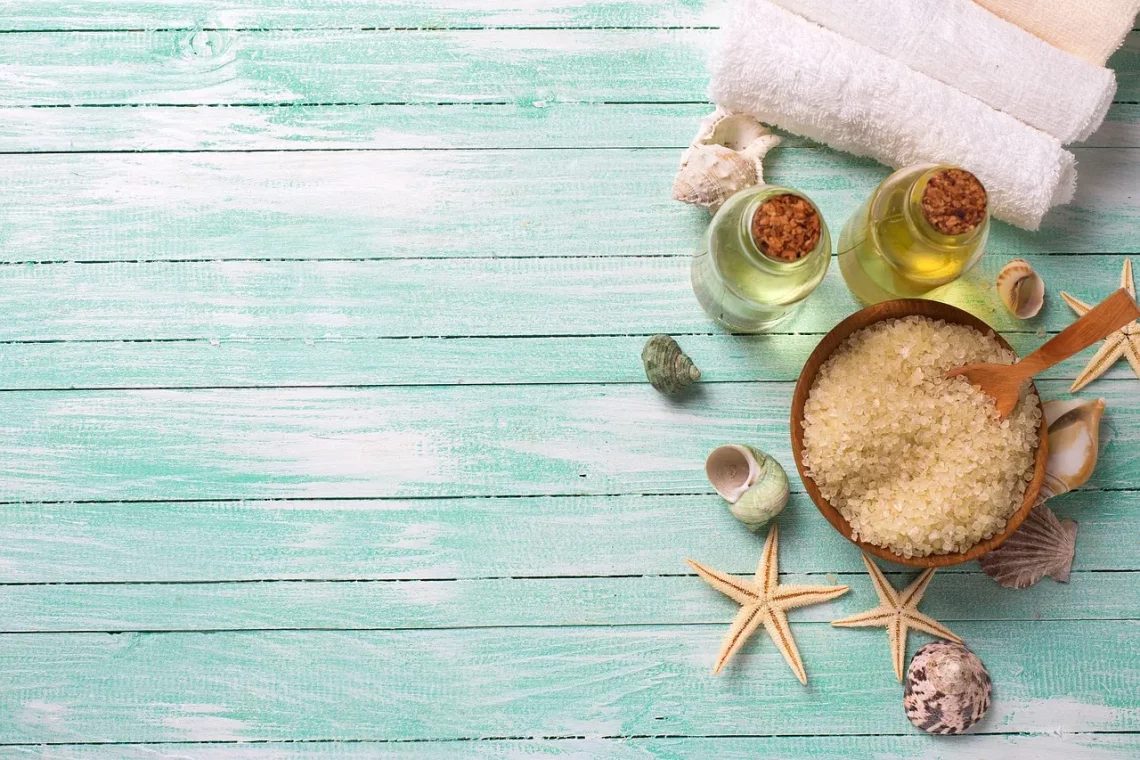
Aromatherapy Safety Cheat Sheet: Essential Tips for Safe Use
Aromatherapy has gained immense popularity in recent years as individuals seek natural and holistic approaches to wellness. This practice involves the use of essential oils derived from plants to enhance physical and emotional well-being. With a rich history steeped in ancient traditions, aromatherapy offers a range of potential benefits, from stress relief to improved sleep quality. However, as with any therapeutic approach, understanding safety precautions is essential to maximize the benefits while minimizing potential risks.
The diverse range of essential oils available can be both exciting and overwhelming for newcomers. Each oil possesses unique properties, and their effects can vary widely depending on individual sensitivities and underlying health conditions. Therefore, it is crucial to approach aromatherapy with knowledge and caution. Whether you are diffusing oils in your home, applying them topically, or incorporating them into your bathing rituals, ensuring safe practices is paramount.
In this guide, we will explore essential tips for safe use, helping you to navigate the world of aromatherapy confidently. By understanding best practices and potential pitfalls, you can create a soothing environment that enhances your well-being without compromising your health.
Understanding Essential Oils: Types and Characteristics
When delving into aromatherapy, it is vital to understand the different types of essential oils and their characteristics. Essential oils are highly concentrated extracts obtained from various parts of plants, including leaves, flowers, stems, and roots. Each oil carries its unique aroma and therapeutic properties, making them versatile tools in promoting wellness.
There are several categories of essential oils, each with distinct characteristics. For instance, citrus oils such as lemon and orange are known for their uplifting and energizing effects, making them popular choices for combating fatigue and enhancing mood. On the other hand, calming oils like lavender and chamomile are often used to promote relaxation and alleviate stress.
It is important to note that not all essential oils are created equal. The method of extraction, the plant species, and the region of cultivation can significantly affect the quality and potency of the oil. When selecting essential oils, it is advisable to choose products labeled as 100% pure and therapeutic grade. This ensures that the oils are free from synthetic additives and contaminants, providing a safer experience.
Furthermore, individuals should be aware of the potential for allergic reactions or sensitivities to specific oils. Conducting a patch test before topical application is a prudent practice. Apply a small diluted amount of the oil to a discreet area of skin and wait 24 hours to observe any adverse reactions. This simple step can help prevent discomfort and ensure a safer aromatherapy experience.
In summary, understanding the various types of essential oils and their characteristics is crucial for safe and effective use in aromatherapy. By choosing high-quality oils and being mindful of individual sensitivities, you can harness the benefits of these powerful plant extracts while minimizing the risk of adverse effects.
Safe Application Methods for Essential Oils
When using essential oils, the method of application plays a significant role in ensuring safety and efficacy. There are several popular techniques for incorporating essential oils into your routine, each with its own guidelines and best practices.
One common method is diffusion, where essential oils are dispersed into the air using a diffuser. This method is excellent for creating a soothing atmosphere and can help enhance mood and promote relaxation. However, it is essential to use the right amount of oil, as excessive diffusion can lead to respiratory irritation. A general guideline is to use 3-5 drops of essential oil in a diffuser filled with water, adjusting based on personal preference and the size of the room.
Topical application is another popular method, but it requires careful consideration. Essential oils should always be diluted with a carrier oil, such as coconut, jojoba, or almond oil, before applying them to the skin. The typical dilution ratio is 2-3 drops of essential oil per teaspoon of carrier oil for adults. This dilution helps prevent skin irritation and enhances absorption.
For sensitive areas, such as the face or neck, a more diluted solution is recommended. Conducting a patch test, as mentioned earlier, can help identify any potential reactions before full application. Additionally, individuals with specific skin conditions or sensitivities should consult with a healthcare professional before using essential oils topically.
Inhalation is another effective method for experiencing the benefits of essential oils. Simply adding a few drops to a tissue or cotton ball and inhaling deeply can provide immediate relief for stress or anxiety. However, this method should be used sparingly and avoided by individuals with respiratory issues.
In conclusion, understanding safe application methods for essential oils is vital for a positive aromatherapy experience. Whether through diffusion, topical application, or inhalation, following these guidelines ensures that you can enjoy the therapeutic benefits of essential oils without compromising your safety.
Potential Risks and Contraindications
While aromatherapy can offer numerous benefits, it is essential to be aware of potential risks and contraindications associated with essential oil use. Certain individuals may experience adverse reactions, particularly if they have specific health conditions or are pregnant.
Pregnant or nursing women should exercise caution when using essential oils, as some oils may be harmful during pregnancy. For example, oils like rosemary and sage are known to have stimulating effects and may pose risks during pregnancy. It is crucial for expectant mothers to consult with a healthcare professional before using any essential oils.
Individuals with existing medical conditions, such as asthma or epilepsy, should also proceed with caution. Some essential oils can trigger respiratory issues or seizures in sensitive individuals. It is advisable for those with such conditions to stick to milder oils, such as lavender or chamomile, which are typically considered safe.
Moreover, essential oils can interact with certain medications, leading to unintended side effects. For example, oils like grapefruit can interfere with the metabolism of certain drugs, potentially causing dangerous levels to build up in the body. Therefore, individuals taking medications should consult with their healthcare provider before incorporating essential oils into their routine.
Allergic reactions are another concern. Some individuals may experience skin irritation, headaches, or respiratory issues when exposed to specific oils. It is essential to be mindful of your body’s reactions and discontinue use if any adverse symptoms occur.
In summary, being aware of potential risks and contraindications is crucial for safe aromatherapy practice. Consulting with healthcare professionals, particularly for pregnant women and individuals with pre-existing conditions, can help mitigate risks and ensure a safe and beneficial experience with essential oils.
Creating a Safe Aromatherapy Environment
Establishing a safe environment for practicing aromatherapy is key to enjoying its benefits fully. This involves not only choosing high-quality essential oils but also considering the space in which you use them.
Start by ensuring good ventilation in the area where you plan to diffuse essential oils. Proper airflow helps disperse the oils and prevents overwhelming scents that can lead to discomfort or headaches. If you are using a diffuser, place it in a spacious room and away from direct sunlight to maintain the integrity of the oils.
Additionally, be mindful of the presence of pets and children in your home. Some essential oils can be toxic to animals, especially cats and dogs. Oils like tea tree, eucalyptus, and citrus can cause adverse effects if ingested or applied directly to pets. It is best to keep essential oils out of reach of children and to avoid using certain oils in households with pets.
Labeling your essential oils is another essential practice. Clear labels can help you identify each oil quickly and ensure that they are used appropriately. This is particularly important for oils that may have contraindications or require dilution.
Regularly checking the expiration dates of your essential oils is also advisable. While many oils have a long shelf life, they can lose potency over time or become rancid. Store your oils in a cool, dark place to prolong their lifespan.
Lastly, educating yourself about the oils you use is crucial. Understanding their properties, potential interactions, and safe usage guidelines will empower you to create a safe and effective aromatherapy practice.
In conclusion, creating a safe aromatherapy environment involves careful consideration of various factors, including ventilation, the presence of pets and children, and proper storage. By following these guidelines, you can cultivate a nurturing space that enhances your well-being through the power of essential oils.
As a final reminder, this article is not intended as medical advice. Always consult with a healthcare professional for any health concerns or before starting new treatments. Your health and safety should always come first.




